Delta Connection flight received sink rate alert before Toronto Pearson crash
Aerotime
MARCH 21, 2025
TSB Approach sequence Due to reported wind gusts as the CRJ900 approached Toronto Pearson following a flight from MinneapolisSaint Paul International Airport (MSP) the aircraft was flown at 149 knots. The engine thrust was steady at approximately 43%N1, the TSB report explained. The bank angle increased to a 4.7right bank.

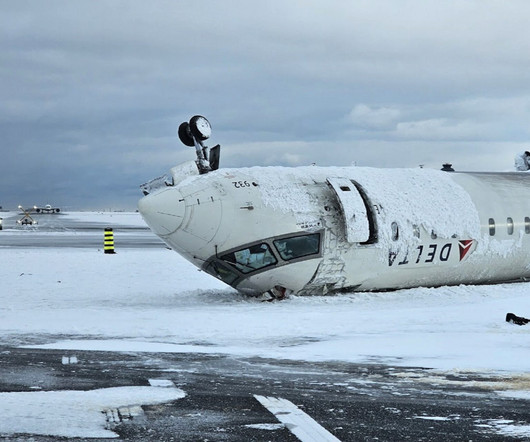


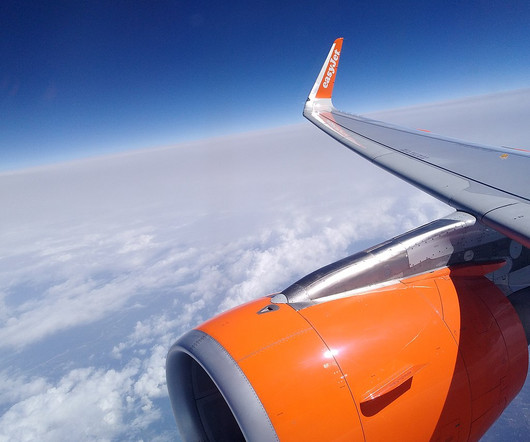
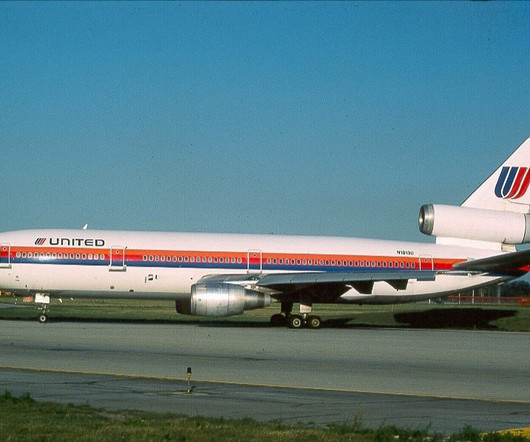

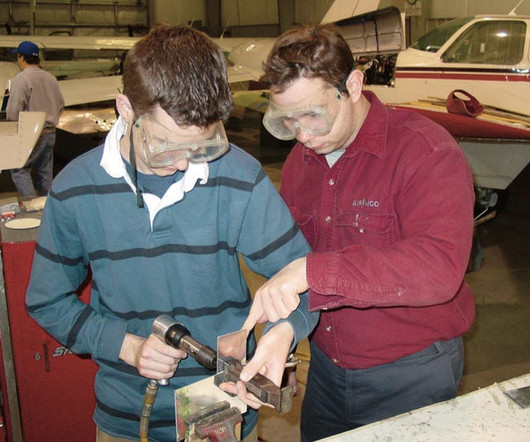
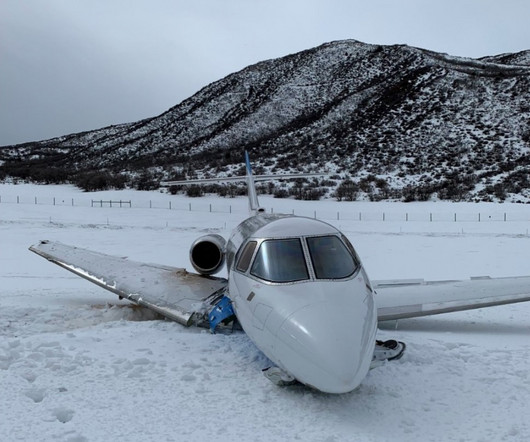







Let's personalize your content